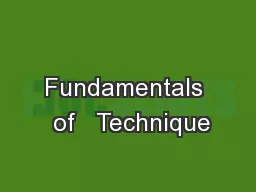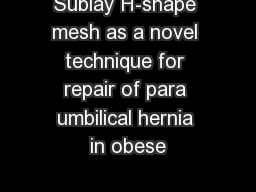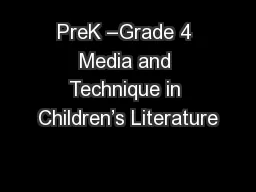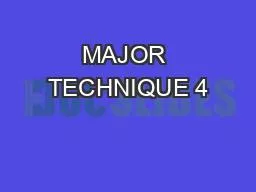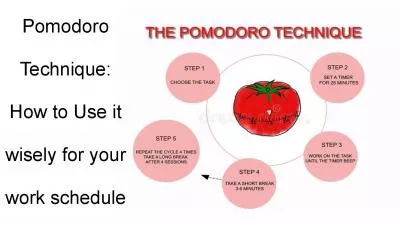PPT-Fundamentals of Technique
Author : karlyn-bohler | Published Date : 2018-02-28
in Analytic Therapy Mark Winborn PhD NCPsyA InterRegional Society of Jungian Analysts Memphis Tennessee USA wwwdrmarkwinborncom mwinborncomcastnet Jung and Freudian
Presentation Embed Code
Download Presentation
Download Presentation The PPT/PDF document "Fundamentals of Technique" is the property of its rightful owner. Permission is granted to download and print the materials on this website for personal, non-commercial use only, and to display it on your personal computer provided you do not modify the materials and that you retain all copyright notices contained in the materials. By downloading content from our website, you accept the terms of this agreement.
Fundamentals of Technique: Transcript
Download Rules Of Document
"Fundamentals of Technique"The content belongs to its owner. You may download and print it for personal use, without modification, and keep all copyright notices. By downloading, you agree to these terms.
Related Documents

